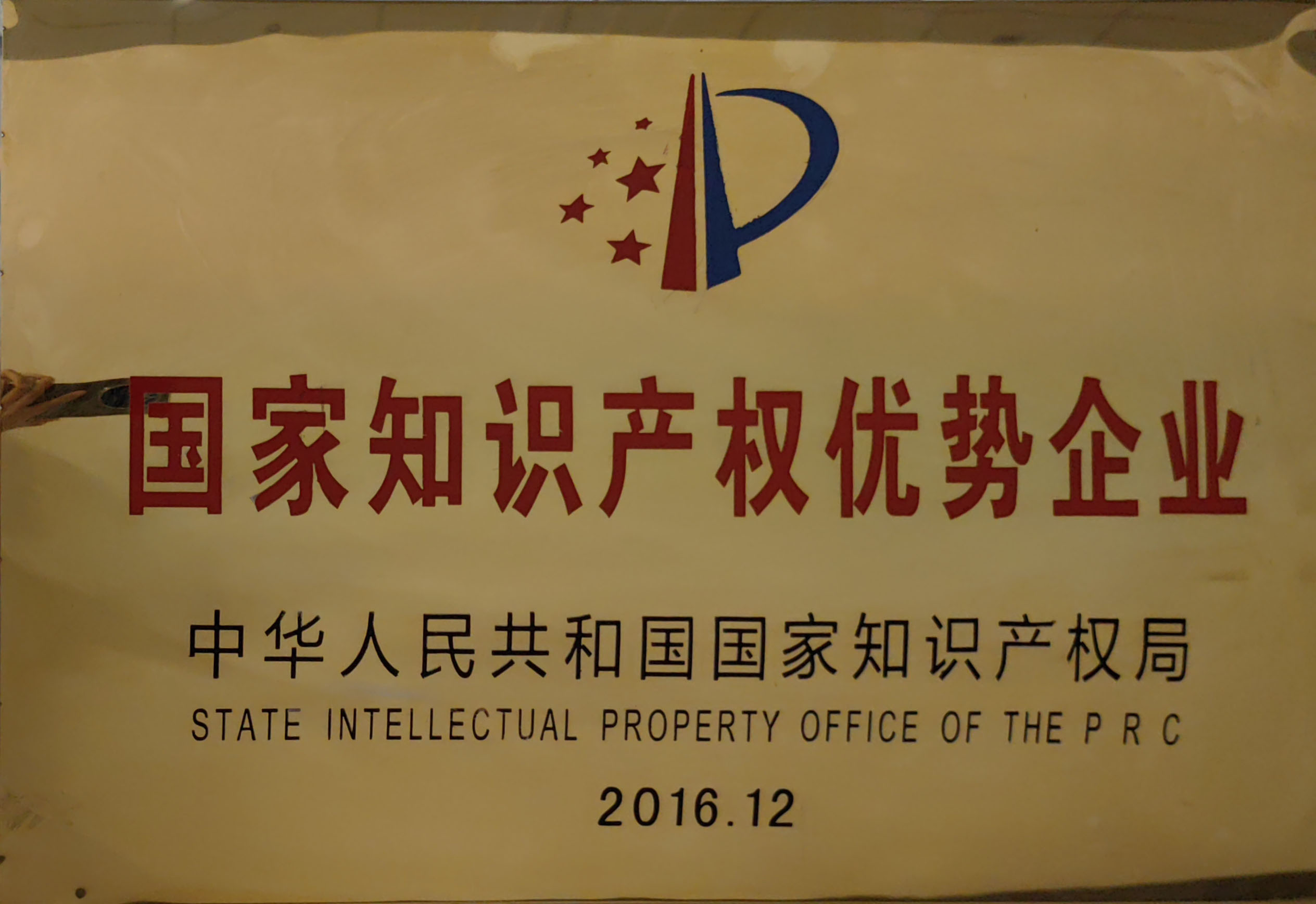
Dec . 09, 2024 18:35
Back to list
Understanding the Functionality and Importance of Pressure Regulators in Fluid Systems
Understanding Pressure Reducers An Essential Component in Fluid Systems
In many industrial and domestic applications, managing pressure effectively is crucial for both safety and performance. One of the key components that facilitate this is the pressure reducer. This device plays a pivotal role in regulating the pressure of fluids, ensuring that systems operate smoothly and efficiently.
What is a Pressure Reducer?
A pressure reducer, also known as a pressure regulator, is a device designed to decrease the input pressure of a fluid to a lower, more manageable level. This is essential in a variety of applications, ranging from gas delivery in households to large-scale industrial processes. By maintaining a consistent output pressure, pressure reducers help safeguard equipment from damage and ensure that processes operate within their desired parameters.
How Does a Pressure Reducer Work?
The working principle of a pressure reducer involves the use of a spring-loaded diaphragm or piston. When high-pressure fluid enters the reducer, it acts against the diaphragm, which is connected to a spring. As the pressure rises, the diaphragm moves, compressing the spring. When the fluid pressure exceeds a set threshold, the diaphragm closes a valve, reducing the flow and lowering the downstream pressure.
This mechanism allows for continuous regulation of pressure. The reducer maintains the output pressure by adjusting the valve opening in response to changes in input pressure or flow demand. This self-regulating feature is what makes pressure reducers invaluable in various applications.
Applications of Pressure Reducers
Pressure reducers find applications across a wide spectrum of industries. In the residential sector, they are commonly used in gas and water systems to manage pressure levels, ensuring safety and preventing leaks. In industrial settings, pressure reducers are crucial for processes involving chemicals, air, and water. They help maintain operational conditions, improve energy efficiency, and protect sensitive equipment from pressure fluctuations.
pressure reducer

In the medical field, pressure reducers are vital in systems that deliver gases like oxygen. They ensure that patients receive a consistent supply at safe pressure levels. Similarly, in the food and beverage industry, maintaining precise pressure is essential for processes like carbonation and pasteurization, where pressure fluctuations could compromise product quality.
Benefits of Using Pressure Reducers
Implementing pressure reducers in a system offers numerous benefits. Firstly, they enhance safety by preventing overpressure scenarios that could lead to equipment failure or hazards. Second, they provide stability in operations, allowing systems to perform optimally even when upstream conditions fluctuate. This can lead to improved product quality and consistency.
Moreover, pressure reducers contribute to cost savings by minimizing energy consumption. When systems operate at optimal pressure, there is less energy wasted in over-compression. Additionally, they extend the lifespan of equipment by avoiding stress from excessive pressure, leading to fewer maintenance issues and reduced downtime.
Choosing the Right Pressure Reducer
Selecting the appropriate pressure reducer for a specific application involves considering various factors such as the type of fluid, pressure requirements, and the operational environment. It is essential to choose a reducer that can handle the maximum input pressure while providing the desired output pressure consistently. Other considerations include the material of construction, which should be compatible with the fluid, and the reducer's flow capacity, which should meet the system's demands.
Conclusion
In summary, pressure reducers are indispensable components in both industrial and domestic applications. Their ability to regulate fluid pressure ensures safe, efficient, and reliable system performance. With benefits ranging from enhanced safety and equipment longevity to energy savings and consistent operational conditions, pressure reducers play a crucial role in maintaining the integrity of fluid systems. As industries continue to evolve and the demand for efficient processes increases, the importance of pressure reducers will only continue to grow. Understanding their functionality and applications can help operators make informed decisions that enhance overall system performance and safety.
Latest news
-
Safety Valve Spring-Loaded Design Overpressure ProtectionNewsJul.25,2025
-
Precision Voltage Regulator AC5 Accuracy Grade PerformanceNewsJul.25,2025
-
Natural Gas Pressure Regulating Skid Industrial Pipeline ApplicationsNewsJul.25,2025
-
Natural Gas Filter Stainless Steel Mesh Element DesignNewsJul.25,2025
-
Gas Pressure Regulator Valve Direct-Acting Spring-Loaded DesignNewsJul.25,2025
-
Decompression Equipment Multi-Stage Heat Exchange System DesignNewsJul.25,2025

